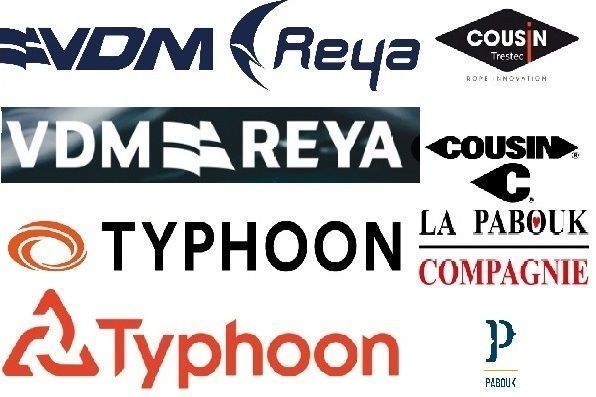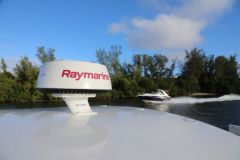Logo redesign: between modernization and repositioning
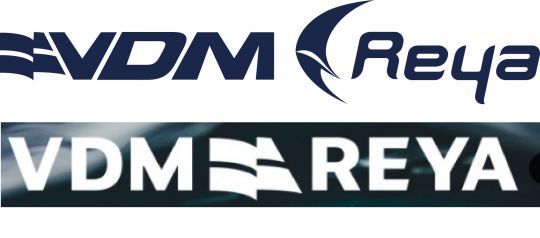
In the boating industry, where the longevity of brands inspires confidence and visual cues forge a loyal clientele, changing logos can seem daring, even dangerous. However, there are situations that make such a move inevitable.
An aging logo, for example, can be a hindrance to a company seeking to appeal to a new generation of boaters or to conquer international markets. Similarly, a merger between two players in the yachting industry, or a diversification of activities, may require a redesign to better reflect the new brand identity. As an example, Beneteau's logo change in 2017 aimed to modernize a century-old image while retaining its historical roots, symbolized by the sea lion.
However, this transition cannot be improvised. Âeurosâ?? maritime graphic codes, often associated with blues, waves, lighthouses or natural âeuros elements, are ingrained in peopleâ??s minds and wonâ??t tolerate any faux-pas. Too radical an overhaul risks blurring the brandâ??s identity with its customers.

The financial and organizational costs of a redesign
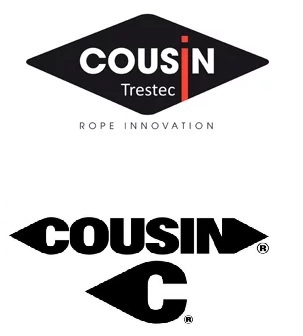
Modifying a logo goes far beyond simple graphic design. It involves a global project affecting all communication media: administrative documents, team outfits, boat show stands, as well as the decoration of boats, points of sale, packaging, signs and vehicles.
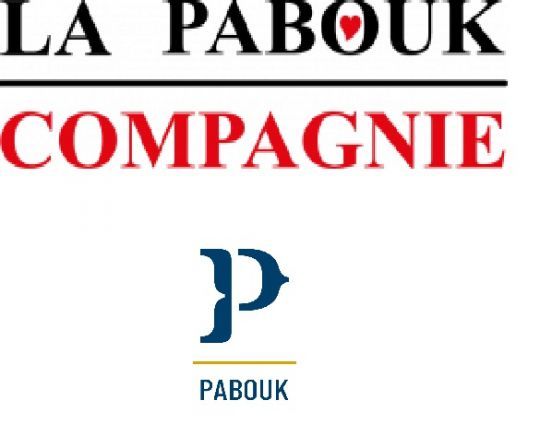
If the bill comes to a few thousand euros for a small shipyard producing a dozen units a year, it's much higher for a shipchandler chain with several hundred points of sale, marketing thousands of branded products.
Add to this the expenses associated with effective communication: advertising campaigns, launch events, press relations... All this adds up to a hefty bill. It's a decision that requires a rigorous feasibility study.
The risks of ill-prepared change
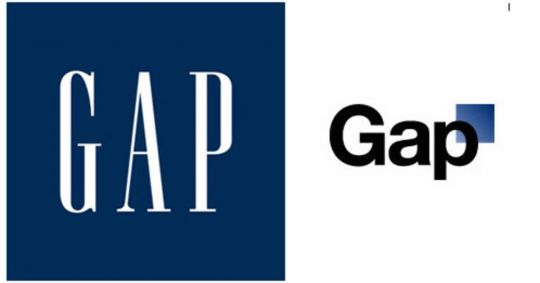
The main risk of rebranding is breaking the emotional bond between the brand and its customers. In our industry, yachtsmen often have an emotional relationship with the brands they use, associating their logos and designs with adventures at sea. If the new logo is perceived as a denial of historical values or a betrayal of the original identity, this can lead to a loss of loyal customers.

A famous case in point is Gap, which in 2010 changed its logo to a design deemed too generic. Faced with a wave of discontent, the company had to reinstate its old logo in just one week, after having invested heavily in this abortive redesign. Ditto for fruit juice producer Tropicana, which saw its sales plummet by 25% in the space of a few weeks following the introduction of a logo deemed too modern. Although these examples are outside the boating industry, they illustrate the potential repercussions of a mass rejection.
Loss of online visibility
In the case of a name change associated with a logo, the SEO stakes are crucial. Nautical companies changing their logo must take care to correctly redirect their web pages and avoid losing the SEO advantages accumulated over the years. Errors in this transition can lead to 404 error pages or a collapse in online traffic, particularly problematic for players banking on e-commerce or online booking of services.
How do you make a success of a redesign in the yachting industry?
To minimize risks, it is essential to follow certain steps:
- Market research: Understand boaters' expectations, current graphic trends and changing perceptions of the sector.
- Collaborative work: Involve not only internal teams, but also a panel of customers to gather feedback before the official launch.
- Gradual transition: Consider a phased redesign, clearly communicating each change.
- Transparent communication: Announce the rebranding with clear explanations of its objectives and symbolism. This can include a nod to historical roots to reassure loyal customers.

